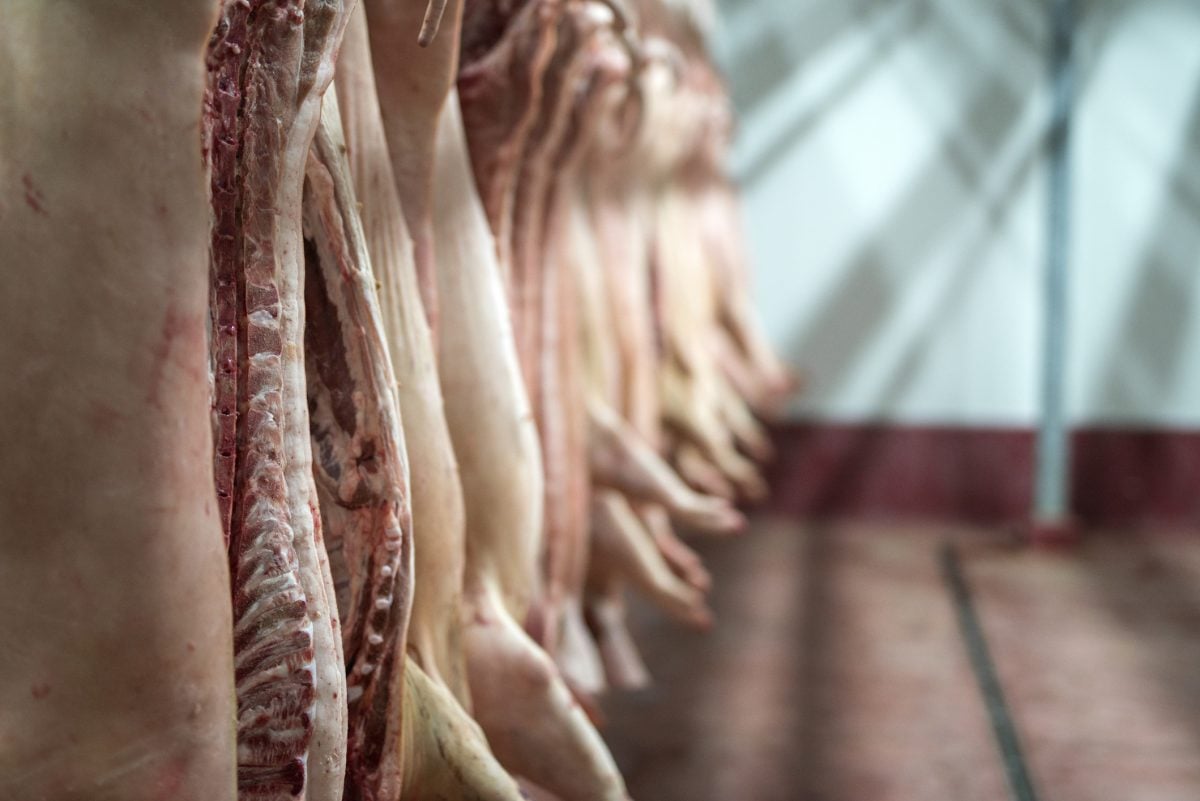BELOIT, Kansas, April 29 (Reuters) – Yield prospects for hard red winter wheat in north-central Kansas are down from a year ago, with the crop showing evidence of drought and freeze damage, scouts on an annual U.S. crop tour said on Tuesday.
Scouts in one car on the annual Wheat Quality Council’s Kansas wheat tour checked seven fields in north-central Kansas, including Geary, Dickinson, Saline, Ottawa and Cloud counties. The average projected yield was 38.1 bushels per acre, with a high of 51 bpa and a low of 23.6.
Last year, the tour’s average yield forecast for fields along the same route was 47.0 bu/acre.
Read Also

U.S. livestock: Cattle slip back, hogs gain
Chicago cattle futures slipped back on Friday after Thursday’s pause. Hog futures crept upward. Most-active December live cattle futures closed…
“Even in the fields that looked good from the road because of the recent rains, the tiller counts were lower than what you would expect, and that is from drought conditions,” said Justin Gilpin, chief executive of the Kansas Wheat Commission, who is a scout on the tour.
The hard red winter wheat tour began Tuesday morning, with crop scouts surveying fields across the top wheat state of Kansas to gauge yield potential of the largest wheat variety grown in the United States, the world’s top wheat exporter. Kansas is suffering from drought, especially the western and southern regions, and crop conditions have deteriorated during April.
Scouts in another car traveling slightly to the south projected an average yield on six fields of 32.5 bushels per acre, compared to the tour’s year-ago average for the same route of 42.1.
Scouts in a third car traveling farther north sampled six fields in Clay, Washington, Republic and Jewell counties, and calculated an average yield forecast of 41.8 bu/acre, compared to the year-ago tour average along the same route of 47.2.
Much of the crop in northern Kansas is maturing more slowly than usual, about two weeks behind, following a brutally cold and dry winter, scouts said. Plants in many fields were less than 12 inches high, and some were only about 6 inches high.
“The biggest thing is that the wheat is so short. It’s not normal,” said Ben Handcock, executive director of the Wheat Quality Council, which organizes the tour.
“If it rains, it will grow and do what it’s supposed to do. But it better rain some more,” Handcock said.
On the positive side, scouts found no evidence of yield-robbing diseases or insects.
Scouts on the three-day tour left Manhattan, Kansas, on Tuesday and will reach Colby, Kansas, in the northwest corner of the state Tuesday night. The tour concludes in Kansas City on Thursday, when the tour will release its final yield forecast for Kansas.
The U.S. Department of Agriculture in its weekly crop progress report issued on Monday rated 33 percent of U.S. winter wheat crop good to excellent, down 1 percentage point from a week ago and below the five-year average of about 49 percent good to excellent by late April.
In Kansas, just 21 percent of the HRW crop was good to excellent compared to 24 percent a week ago.
The tour includes about 75 “scouts” drawing from the milling and baking industries, along with farmers, statisticians and investors.













